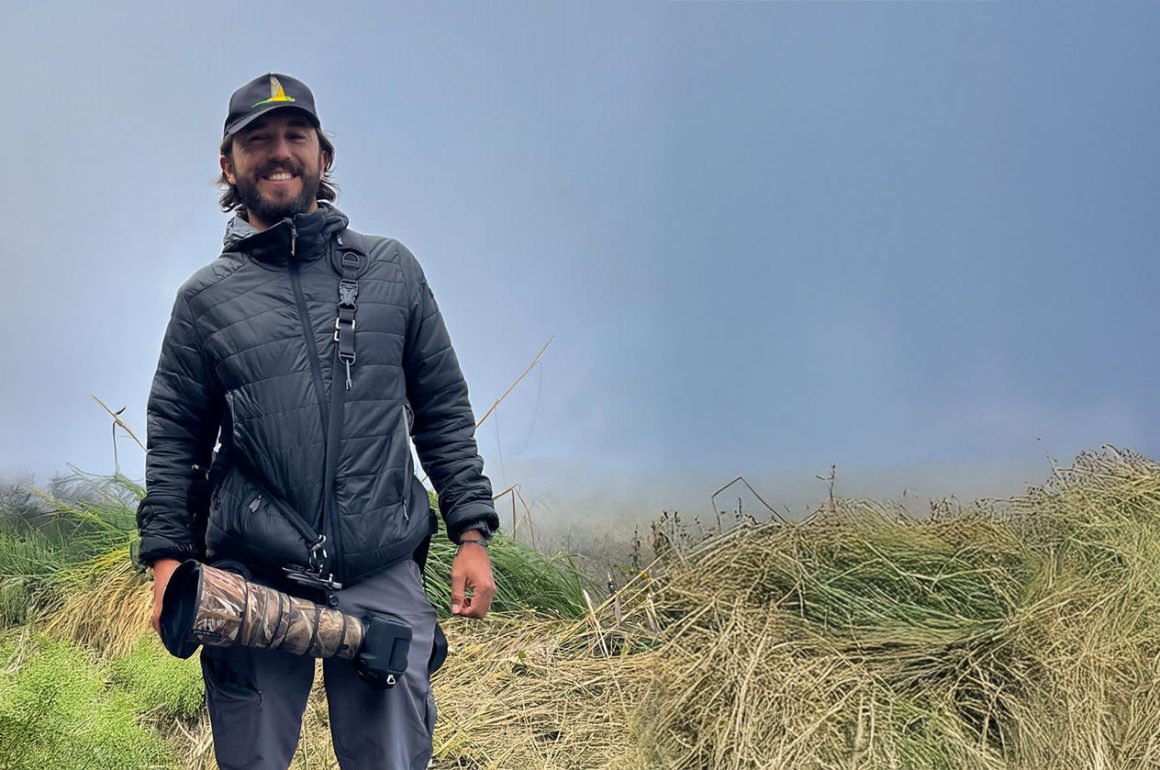
What is your favorite bird species?
I don’t have a favorite bird species, but if I had to choose, I’d say Antbirds, Antpittas, Woodquails, and other birds of the tropical understory have something truly fascinating about them. Their survival strategies and the ways they communicate have captivated me since my early days as a guide.
Bicolored Antpitta
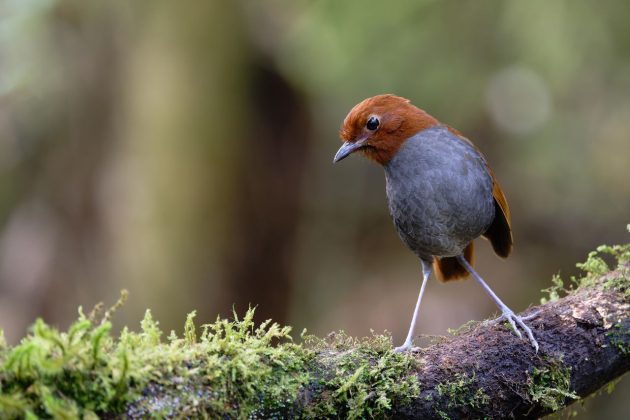
What is your name, and where do you live?
My name is Johnnier Arango, and I live in Colombia’s Coffee Region, in the small city of Pereira, from where I organize all my birdwatching trips across the country. Pereira is strategically located in the heart of the Coffee Region and along one of Colombia’s most important birding routes, covering the Central and Western Andes.
Choco Screech-owl
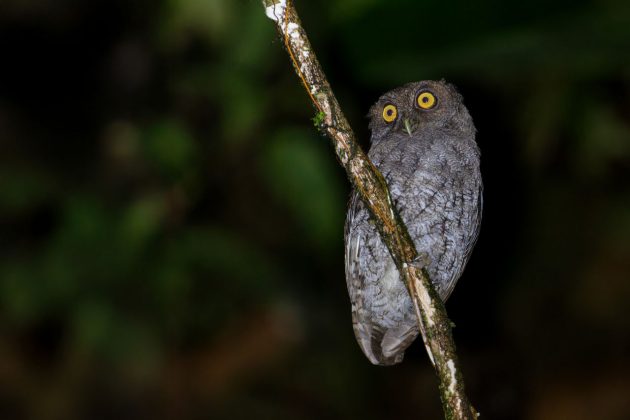
What are the main regions or locations you cover as a bird guide?
I currently offer my services throughout Colombia, from the Guajira Peninsula in the far north to the Putumayo and Amazonas departments in the south, and from the Pacific Coast in the west to the borders with Venezuela and Brazil in the Orinoco and Amazon regions. However, my true specialty has always been the Colombian Andes, where I have focused since the beginning of my career as a guide.
White-faced Nunbird
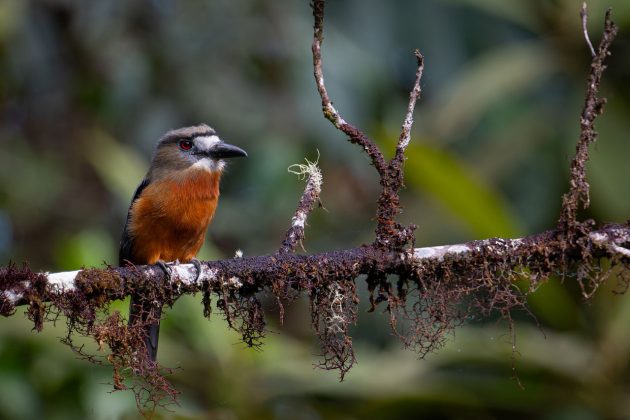
How long have you been a bird guide?
I started as a local guide in 2007 and gradually expanded my reach year after year until I was able to cover all of Colombia.
Grey-breasted Mountain-toucan

How did you get into bird guiding?
Thanks to my work with a community-based environmental organization in the Serranía de los Paraguas— dedicated to conserving strategic ecosystems in the Western Andes — I was introduced to the world of birdwatching. Shortly after, I began working as a specialized guide.
Yellow-eared Parrot

What are the aspects of being a bird guide that you like best? Which aspects do you dislike most?
The best part of being a birding guide is the chance to learn more about the world of birds every day—their behaviors and the unique traits of each species—while also enjoying Colombia’s breathtaking landscapes. But what truly makes it special is sharing all of this with visitors from around the world who travel with me each year.
I don’t think there’s anything that really bothers me about my work. Every challenging situation is just an opportunity to grow, improve, and explore new possibilities.
Chami Antpitta
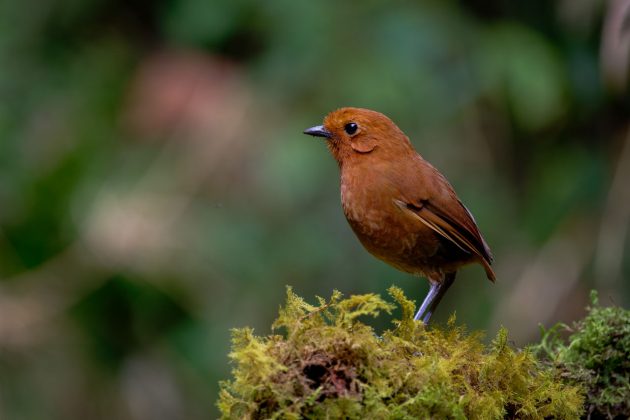
What are the top 5-10 birds in your region that you think are the most interesting for visiting birders?
If we consider the Colombian Andes as my main region, I’d say the endemic Gold-ringed Tanager holds a special place—it’s one of Colombia’s rarest tanagers and also the logo of my company.
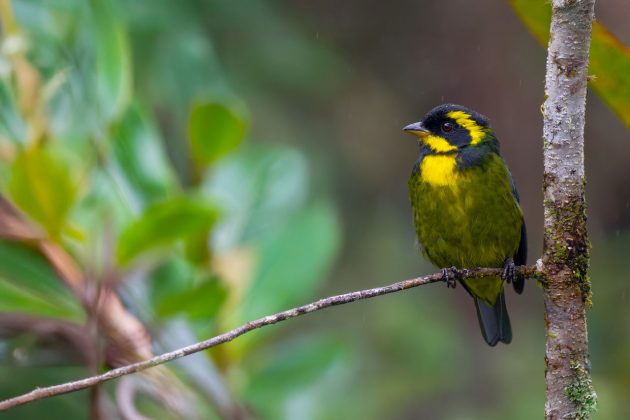
Next would be another endemic, the Buffy Helmetcrest from the Central Andes, a rare and charismatic hummingbird.
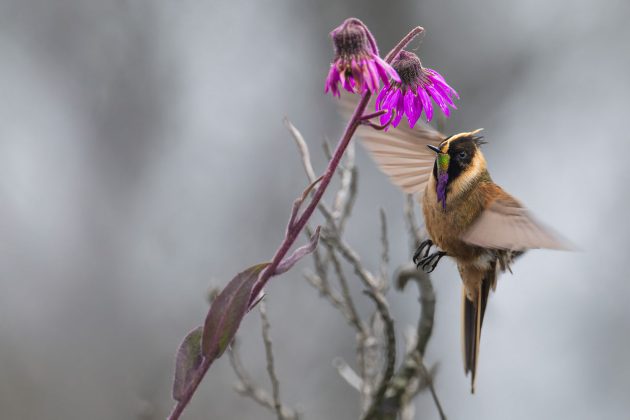
In third place, I’d highlight the Crescent-faced Antpitta, another elusive inhabitant of the high-altitude forests in the Central Andes.

Fourth on my list is the Turquoise Dacnis, an endemic species with a special connection to shaded coffee plantations with native trees.
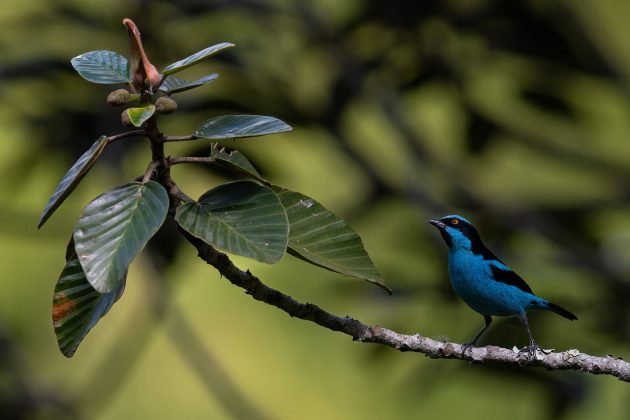
In fifth place, I’d choose the Indigo-winged Parrot, an Andean endemic and one of the rarest parrots in South America.
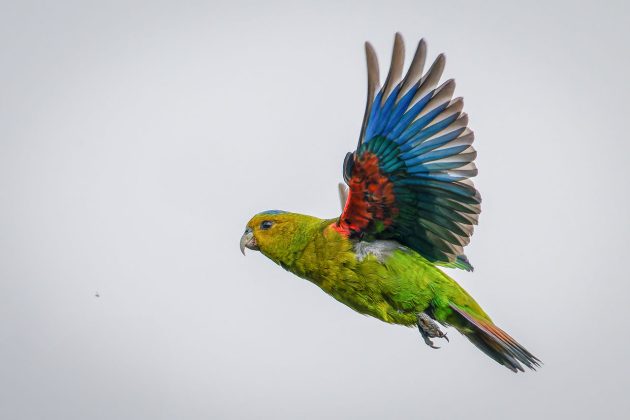
Sixth is another hummingbird—though not endemic, it’s one of the most sought-after due to its stunning beauty: the Rainbow-bearded Thornbill.
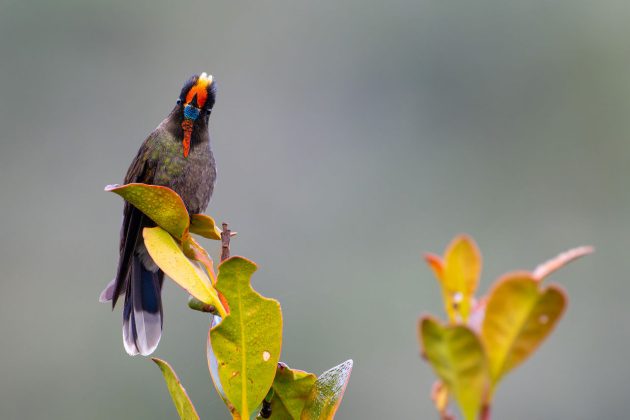
In seventh place, there’s a tanager considered one of the most beautiful in the country, the endemic Multicolored Tanager, which is relatively easy to see in the Western Andes thanks to a few bird feeders.
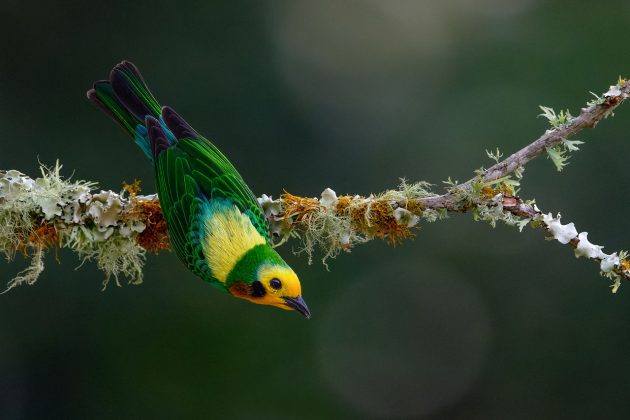
For the eighth spot, I’d pick a species restricted to the cloud forests of the Western Andes, the Orange-breasted Fruiteater.
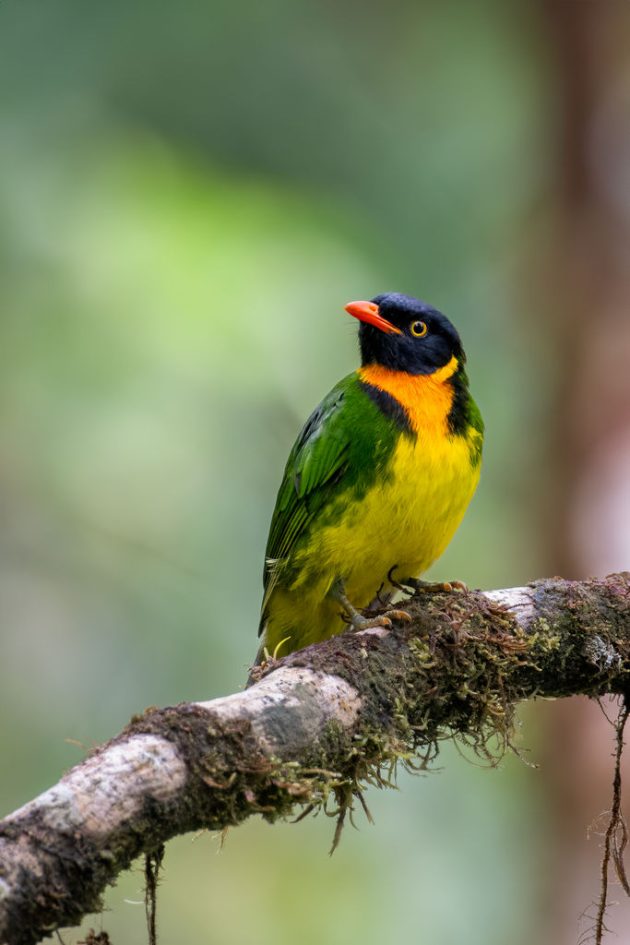
In ninth place, there’s a bird that was once incredibly difficult to see but, thanks to conservation efforts, can now be observed much more easily: the endemic Chestnut Wood-Quail.

Finally, in tenth place, I’d choose another understory species, also restricted to the Western Andes and one of the most sought-after birds in the region: the Tanager Finch.
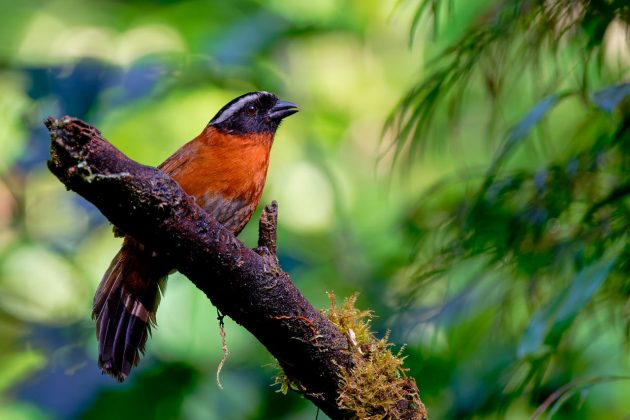
Can you outline at least one typical birdwatching trip in your area? Please briefly describe the locations, the key birds, and the approximate duration of such a trip
One of the most popular birding routes in Colombia starts in Cali, in the southwest of the country, and moves north through a variety of ecosystems. It passes through the cloud forests of the Western Andes, the lush rainforests of the Colombian Pacific, and the tropical dry forests of the Cauca River Valley. From there, it reaches the sub-Andean, Andean, and high-Andean forests of the Central Andes, including the páramos of Los Nevados National Natural Park.
The route then continues to the cloud forests of Tatamá National Natural Park in the Western Andes and can connect further north to the Andean forests of Riosucio, Caldas, and Jardín, Antioquia—home to the endemic Yellow-eared Parrot.
This route is designed to target many of the birds I’ve mentioned before, along with other key species such as the Toucan Barbet, Chestnut-bellied Flowerpiercer, and Gray-breasted Mountain-Toucan. It also offers opportunities to see several antpittas, including the Hooded Antpitta, Chami Antpitta, and Bicolored Antpitta, as well as rare species like the White-faced Nunbird of the cloud forest and the Chocó Screech-Owl from the Pacific lowlands.
Toucan Barbet
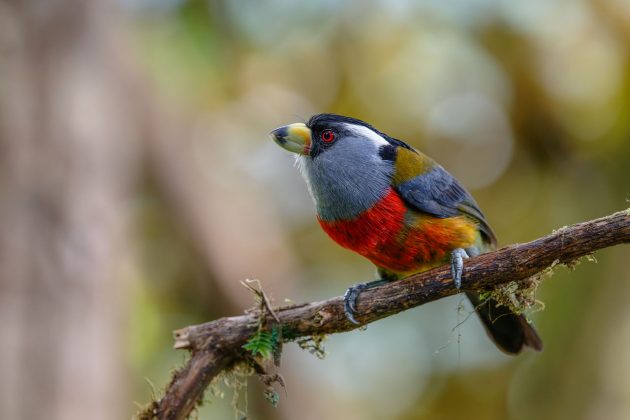
On average, around 400-500 species can be observed along this route in around 10-12 days, which also features some of the best bird photography sites in the country.
What other suggestions can you give to birders interested in your area? (for example, what to bring, which season to choose, etc.)
Colombia is a country that always welcomes visitors, offering a rich birding experience in every season. If your goal is to photograph these feathered beauties, I recommend visiting during the months with some rainfall, such as April to May and October to November, when bird activity is at its best.
With its diverse landscapes and ecosystems, Colombia is like a mosaic—impossible to fully explore in just one trip. If you want a more complete experience, you may need to visit more than once to truly appreciate all that this incredible country has to offer.
Hooded Antpitta
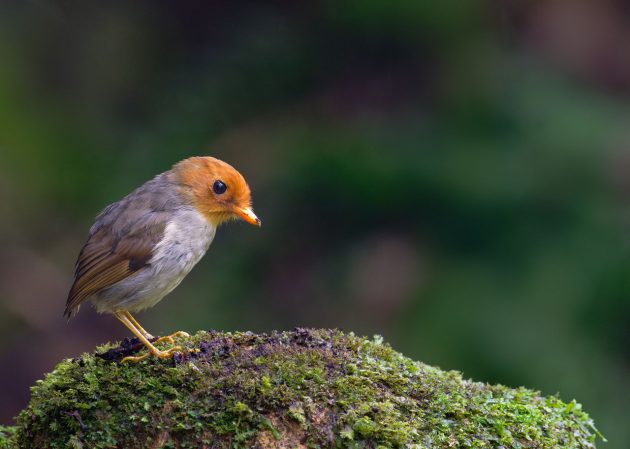
If any reader of 10,000 Birds is interested in birding with you, how can they best contact you?
You can visit my website, www.theandeanbirder.com, where you’ll find all my contact information.
Chestnut-bellied Flowerpiercer

Is there anything else you would like to share with the readers of 10,000 Birds?
Colombia has long carried a difficult reputation due to its history of internal conflict, which has left deep marks on all of us. However, it is also a country that works tirelessly for peace and strives to offer the very best to visitors eager to explore the land of birds.
New routes and birding hotspots open to the public every year, making it an ever-growing and evolving experience well worth discovering. Colombia boasts a vast network of tourism service providers, excellent air and land connectivity, and more than twenty local companies specializing in birdwatching tourism, each with extensive experience and expertise.
So yes—Colombia is absolutely worth visiting, especially if you want to experience the incredible diversity of the birdiest country!


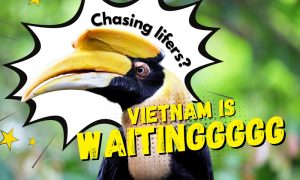
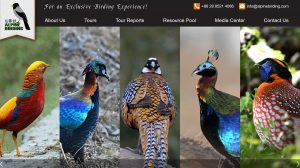
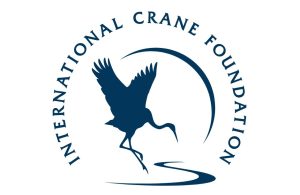
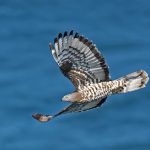

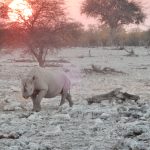
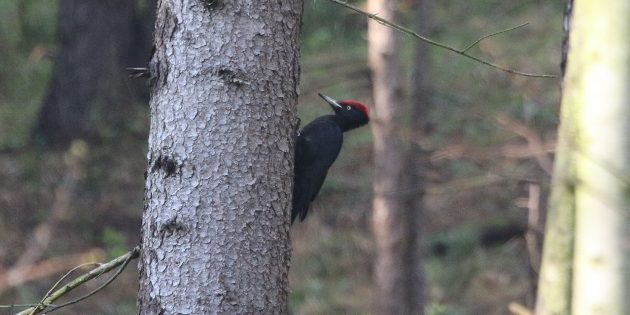
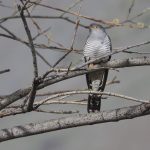

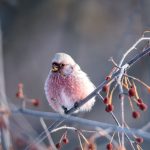
Really enjoyed this excellent interview. Don’t know if I’ll ever be able to visit, but it’s enticing.
Terrific photos of terrific birds. Thanks.
Nice article. Very nice to see Johnnier get some much deserved attention.
Colombia is the best place in the world to bird. It has the most birds, and more or less the most everything. And you can actually go to see most of them.
It is also a fantastically beautiful place. There are a wide variety of biomes from pelagic to high alpine, many of them unique in the world.
Johnnier is a fantastic guide. He can take you just about anywhere in Colombia it is possible to go. He knows the birds, and how to find them. And he gets you on them. He knows a fair amount about other flora and fauna. (Arguably the best butterfly show we ever saw was over a couple hours one morning in the Andes) (There are 3800 described species there). He knows Colombian history and culture. He knows people everywhere.
And he knows logistics. Unanticipated events typically lead to unanticipated adventures with him.
Later this year, we are returning for our third trip with Johnnier.
First one was the above-mentioned route, which we would highly recommend as a first trip for anyone new to Colombia. It is eye opening.
Second visit was a mix of locations in eastern and north eastern Colombia. Including some really remote and beautiful places. (You know you are out there when your guide gets life birds…)
Next up is the Amazon and some other locations in the south of Colombia. Our Colombia bird list should easily surpass 1000 on that trip. But that will leave another 1000 to see, and we will likely return again.
So , contact Johnnier and get out there.
I have traveled extensively in Colombia since 2018 on a solo trip with Johnnier which included the South American Bird Fair held in Manizales, the first time in Colombia. I’ve been bringing US friends for a total of 18 trips, many returning for addtl tours. Johnnier is a master of organization and guiding with extensive knowledge of his country.